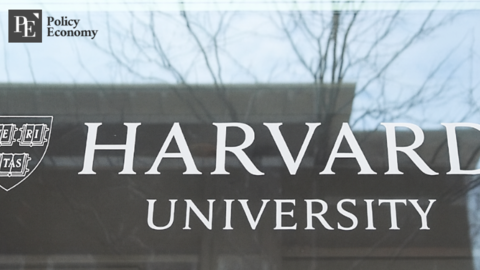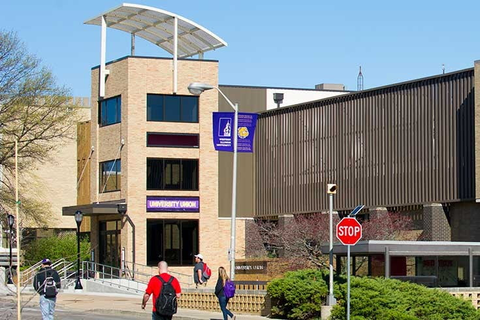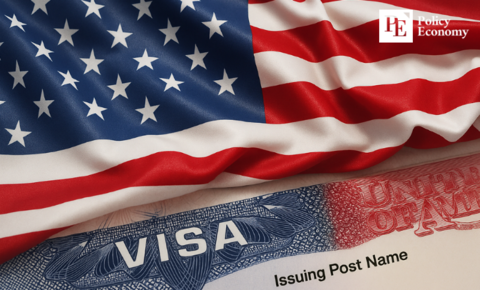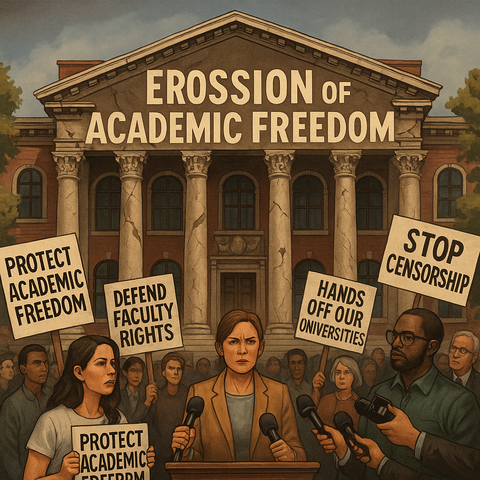Mistakes International Students Make
Input
Modified
Any international students living outside the U.S. and currently choosing a college or university will understand that it’s hard to pick the right one. As online reviews of colleges are plagued with bias and videos made by colleges are more for entertainment and advertisement, taking an objective look at the schools is harder than ever before. They mostly try to show off their fancy campuses and rankings on their websites. Instead, ranking systems from companies, like U.S. News and QS Top Universities, are often one of the few options that people use to find the right college for themselves. But what the ranking is based on might surprise you.
 You can see that under the QS Top Universities ranking system, most higher-ranked colleges score high in the international students ratio criterion.[/caption]
Unfortunately, however, that seems to be not the case. One of the major flaws with this system is that it can misrepresent the quality of education each school provides. For instance, colleges can put limits on certain classes to control their teacher-to-student ratio numbers. Such practice causes students’ access to the best professors to be restricted to a small number of people. This wouldn’t be a problem if all of the professors were amazing, but that is not true in reality. It could be the case that a college has some amazing professors, but you might never be able to take their classes due to the enrollment cap. It would be a lie to say rankings don’t matter, but just remember that the criteria for rankings do not factor in every single detail of what makes a good education and a university.
You can see that under the QS Top Universities ranking system, most higher-ranked colleges score high in the international students ratio criterion.[/caption]
Unfortunately, however, that seems to be not the case. One of the major flaws with this system is that it can misrepresent the quality of education each school provides. For instance, colleges can put limits on certain classes to control their teacher-to-student ratio numbers. Such practice causes students’ access to the best professors to be restricted to a small number of people. This wouldn’t be a problem if all of the professors were amazing, but that is not true in reality. It could be the case that a college has some amazing professors, but you might never be able to take their classes due to the enrollment cap. It would be a lie to say rankings don’t matter, but just remember that the criteria for rankings do not factor in every single detail of what makes a good education and a university.
How Universities are Ranked
Now, to understand how the majority of colleges are ranked, you have to take a look at the framework behind it. For example, although the international student ratio and international faculty ratio each take up only five percent of the QS Top Universities’ ranking system, they play a massive role in many universities’ revenue. In-state residents pay $10,740 a year on average on tuition while international students pay no less than $25,000 per year on average. More international students means more money. And more money means that colleges can afford more professors to boost their student-faculty ratio, which makes up 20 percent of the ranking criteria. That’s how it’s supposed to be, right? The more money colleges have, the higher quality of education they will provide. [caption id="attachment_409" align="alignnone" width="1130"] You can see that under the QS Top Universities ranking system, most higher-ranked colleges score high in the international students ratio criterion.[/caption]
Unfortunately, however, that seems to be not the case. One of the major flaws with this system is that it can misrepresent the quality of education each school provides. For instance, colleges can put limits on certain classes to control their teacher-to-student ratio numbers. Such practice causes students’ access to the best professors to be restricted to a small number of people. This wouldn’t be a problem if all of the professors were amazing, but that is not true in reality. It could be the case that a college has some amazing professors, but you might never be able to take their classes due to the enrollment cap. It would be a lie to say rankings don’t matter, but just remember that the criteria for rankings do not factor in every single detail of what makes a good education and a university.
You can see that under the QS Top Universities ranking system, most higher-ranked colleges score high in the international students ratio criterion.[/caption]
Unfortunately, however, that seems to be not the case. One of the major flaws with this system is that it can misrepresent the quality of education each school provides. For instance, colleges can put limits on certain classes to control their teacher-to-student ratio numbers. Such practice causes students’ access to the best professors to be restricted to a small number of people. This wouldn’t be a problem if all of the professors were amazing, but that is not true in reality. It could be the case that a college has some amazing professors, but you might never be able to take their classes due to the enrollment cap. It would be a lie to say rankings don’t matter, but just remember that the criteria for rankings do not factor in every single detail of what makes a good education and a university.





















